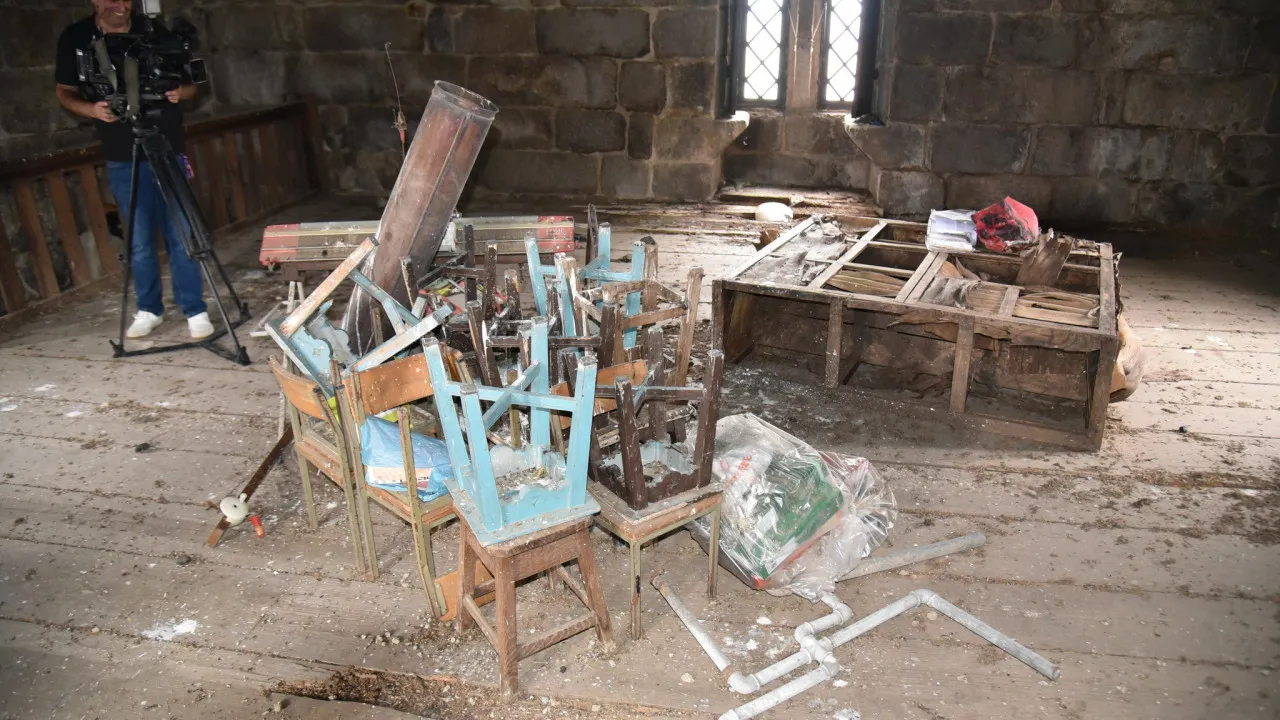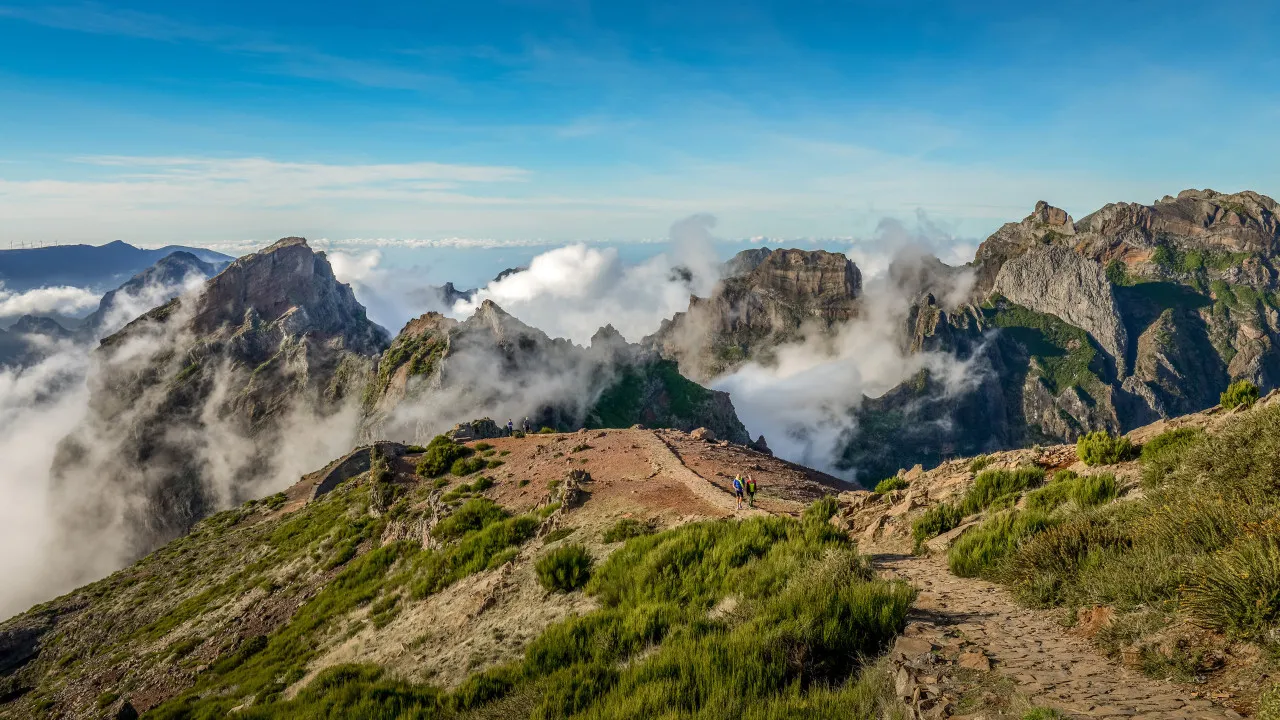
The castle located in the village of Santo Estêvão, in the northern district of Vila Real, has been classified as a national monument since 1939.
“It has been consistently deteriorating in recent years, and our fear is that it might collapse,” stated the Mayor of Chaves, Nuno Vaz, during a press conference held near the monument.
The mayor emphasized that this is state-owned heritage, explaining that since 2022, the municipality has alerted various state entities to the urgent need for intervention at this castle, although there are doubts about which entity is responsible for managing this heritage.
“The reality is that nothing has happened so far,” he pointed out.
Due to infiltrations, both the roof and the wooden flooring are in an advanced state of decay, he explained.
“Our greatest fear is that the foundations themselves may be compromised and this fortification, as a whole, might collapse,” stressed Nuno Vaz, highlighting that today’s press conference is “almost an act of desperation to draw attention.”
The municipality, according to the mayor, is open to being a partner in a solution, even financially, to reopen the monument and transform it into a tourist asset.
In the village, there is lamentation over the castle being closed, with many memories and stories around the medieval keep, built of granite with a ground floor and two upper floors. It was the headquarters of the community house, hosted medical consultations, folk dance rehearsals, card games, and dances.
Adozinda Chaves, 72, was born near the castle. “We played here a lot, there were many events and parties, hikes. When I was a child, a doctor came here once a week, I remember them bringing the relics of Nuno Álvares Pereira here; he would have been the owner of these lands in times past,” she recalled.
There are also mysteries like the “secret passage” that led from here to Chaves, as her grandmother told her.
“It’s really very sad to see everything deteriorating, everything falling apart. It feels like we’ve been forgotten; our castle is state heritage, it belongs to everyone. Please don’t forget about us,” she emphasized, advocating for restoration work so people can “go up and down as they did before.”
The founder of the folk dance troupe, Lúcia Teixeira, 70, also described it as “a sadness” to see the castle closed, recalling it was a vibrant space.
“This keep has a very rich history, people lived here who are still referred to as the ‘castles.’ It was and is the heart of the village, but now we have to tell those in power to consider us, because we also vote, we are also people, and those who love their land like to see things well-kept,” she emphasized.
The President of Santo Estêvão’s Parish Council, Maria José Barros, lamented the “drastic” state of degradation of the castle due to infiltrations and harsh winters.
“It started as minor and small, but since no repairs were made, the current degradation is significant and a big concern because it cannot be visited, and there could be a collapse at any moment,” accentuated the parish leader.
Lusa agency attempted to contact the Cultural Heritage Institute for a comment on the castle, which was not possible at this time.
You can see images of the press conference and the castle’s deterioration in the gallery above.
[Updated at 21h35]




